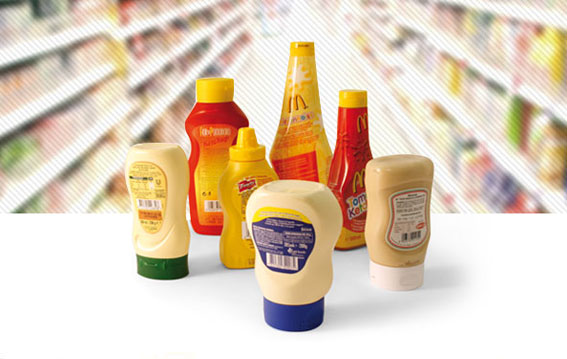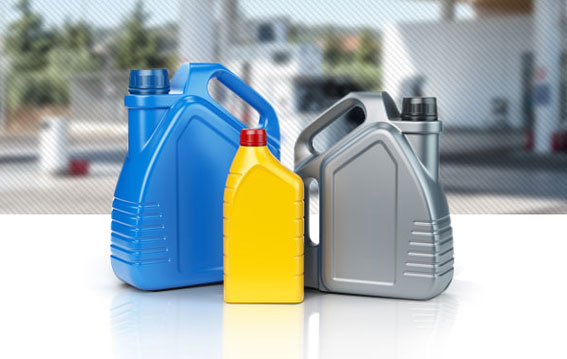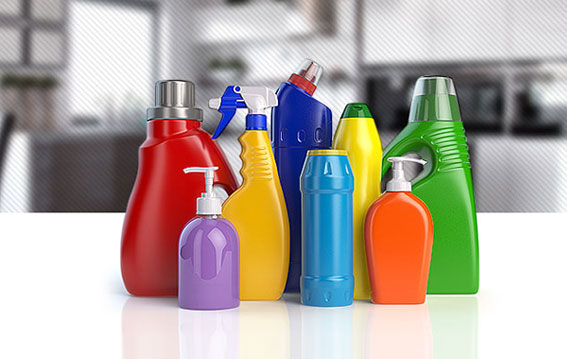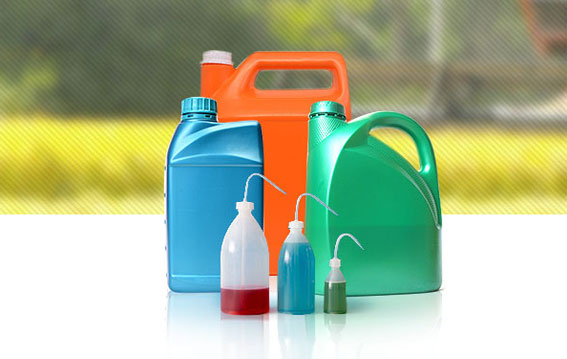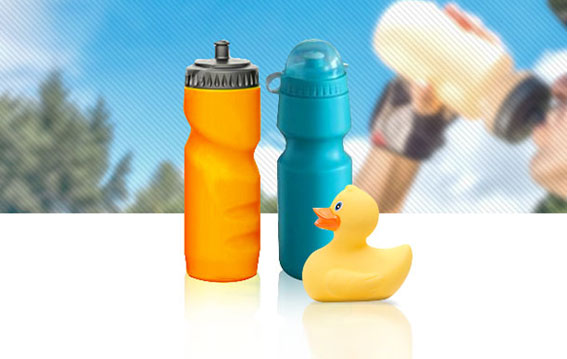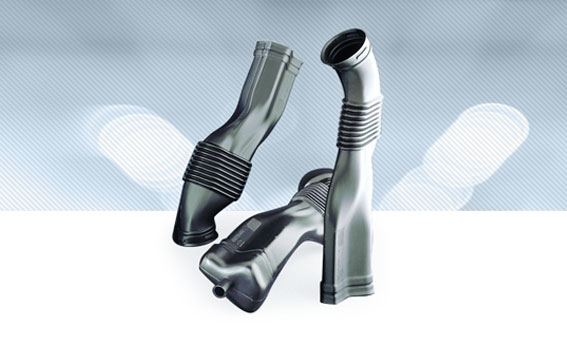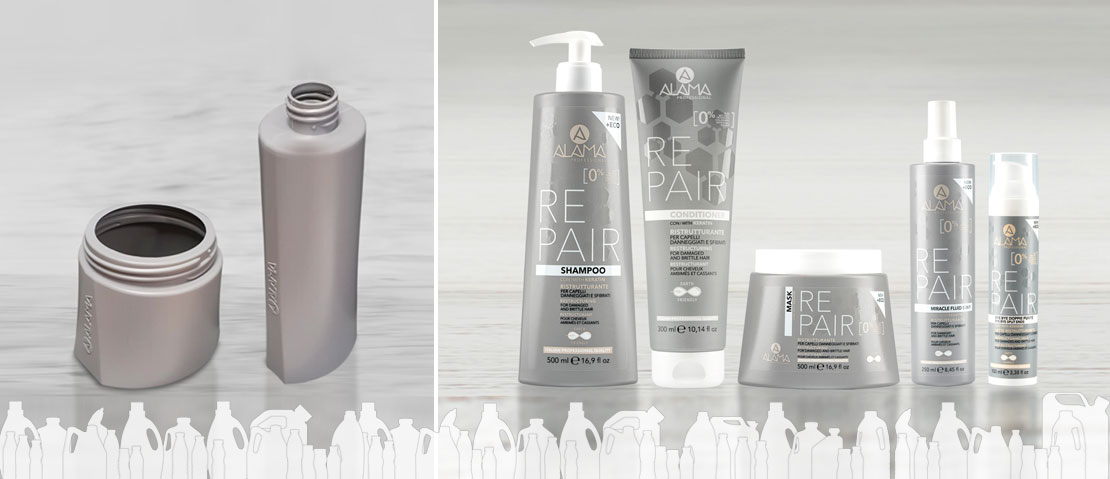
.jpg)
Interview with Mirko Camoli, Head of the Blowing Moulding and Screen Printing Division at Pettenon Cosmetics
Pettenon Cosmectics S.p.A. S.B. is an Italian company specialised in Professional Hair & Skin Care. For over sixty years it has been supporting the Made in Italy quality of professional products for hairdressers and beauticians in Italy and abroad. As part of an institutional visit of the company located in the province of Padua, Eng. Leonardo Cesario, sales manager of Plastiblow collected the testimony of Mr. Mirko Camoli, head of the Blowing moulding and Screen Printing Division, about his experience within this company, where he has been working for about 4 years.
Q. Mirko, I kindly ask you to provide me with an overview of your work experience at Pettenon.
A. Pettenon Cosmetics, a historic brand in the Hair Care sector, was founded in the 1980s and has grown to its current size under the guidance of the Pegorin family. For some years the company has been pursuing a policy of verticalisation of the production chain. Towards the end of the first decade of the 2000s, there was the acquisition of some blowing moulding machines of the 90s, to self-manufacture the production of some bottles. Given the encouraging operating results, in 2018 the Pettenon management decided to start a project for the construction of a structured internal department dedicated to blow moulding and screen printing. I was contacted to take part in this challenge, which I found encouraging, and I gladly accepted the proposal. Within 2 years, the project has materialized with the replacement of the existing machines, now obsolete, with new Plastiblow electric blow moulding machines. This choice to verticalise the production chain has been made both to significantly reduce supply times, while obtaining the possibility of producing in real time on the basis of orders, reducing storage and therefore warehouses, and to meet the needs of customers increasingly interested in small and dedicated lots, customised, etc. In essence, these were the main objectives of this strategic choice, but they must always be linked to conditions of competitiveness and cost-effectiveness.
Q. What do you think are the particular characteristics for the end user to look for in extrusion blow moulding plants?
A. Certainly having the need to make frequent mould and colour changes, productions must be very fragmented. This forced us to look for machines that offered quick format changes, with water connection directly in the mould, and with all the mould closing and blowpin adjustments controlled by the software, so that the operator, once the mould has been assembled and the recipe loaded, has already done 90% of the operations. In fact, our mould changes are very fast as well as colour changes, especially in single-layer versions. In the blowing moulding department we have installed 4 blow moulding machines, two of which are single-layer and two in a 3-layer coex version to allow the use of recycled material, according with the new trends. These were the main features that led to the choice of your machines.
Q. How do you manage to be competitive with such an articulated internal production, compared to the alternative of buying containers from converters?
A. It is certainly not easy and in fact it is a challenge within the challenge. Particular attention was paid to energy consumption, where Plastiblow machines give excellent results, even higher than expected, and I must be honest, this was certainly an important key. It is important to have eliminated the use of hydraulic oil in general and in particular in all lubrications, because the machines have a grease lubrication with very low consumption. So in terms of sustainability we obtained interesting results. In addition, in the coex 3 blowing machines we use all the recycled material inside the central layer, and in addition we started to use post-consumer recycled material for coex bottles dedicated to some types of products, which gave further impetus to the sustainability of containers. Competitiveness requires speed in organising the supply chain even at very high rates compared to the standard, due to the choice of very strong cooling, with air recirculation inside the cavity during blowing, even if the bottles we produce are small, maximum 1 litre.
Q. So the choice of full electric blowing moulding machines combined with coextrusion was a rewarding choice from the point of view of containing production costs?
A. Absolutely, although as far as the raw material is concerned, I must point out that in this last period the recycled product is purchased at higher costs than the first choice. However, we also focused a lot on the light weighting of the bottles, thanks to the very stable machine cycles and consistency of the thicknesses of the parison, with last generation Preven heads, we have been able to reduce the weight of the bottles on average by 8% compared to the past.
Q. During the visit to the production area I noticed a rather well-equipped quality control laboratory and I imagine that the reduction in the weight of the containers must be backed up by laboratory tests with rather rigid quality control procedures. What can you tell me about it?
A. Certainly. We implemented a quality control that is constantly developing, and that is timed based on the hourly productivity of the machines or based on the criticality of the bottle itself at the process level. There are series of control schemes and we created the so-called "defect book", which is used even by the less experienced operator to identify problems quickly. We prepared all "pass/does not pass" lines to eliminate measurements with calipers and anything else that is extremely empirical, measurements that change depending on who and how they are made, while the ”pass /does not pass system” is clearer and more instinctive. This led us to greatly reduce waste, with consequent further gain in terms of competitiveness.
Q. Touching on the theme of operators, what experience do you report about their availability at a local level, given the location of your plant (San Martino de’ Lupari in the province of Padua)?
A. In fact, the plant is located in an area not exactly happy in terms of traffic, although there have been undoubted improvements recently and we are quite far from important centres such as Padua, Vicenza, Treviso, where there is greater staff availability. However, a good job of staff training was done, looking for operators who had at least a back ground of a mechanical or electronic type, and through internal training courses we obtained satisfactory results, considering that the staff had no specific experience in the blowing moulding process. However, the new generation Plastiblow blowing machines which were initially considered "alien", turned out to be simple to use and intuitive. And this is a very important factor.
Q. It remains to take stock of your experience to this very day and give a projection of future expectations for your group. Would you mind giving us your personal vision?
A. I would say that the record so far has been positive. As in all projects there were ups and downs especially in the initial phase, but in general I would call it fully satisfactory. With regard to your support and specifically the service, the availability of technicians, also with regard to telephone support is always very fast. The problems were really minimal and solved in a very short time when they occurred. Assistance also in terms of process consulting has always been present; therefore, the experience with Plastiblow is absolutely positive. We really did the design to Industry 4.0 standards and connected all the machines using touch screen tablets on the machine to our SAP operating system, so that all the information travels in two ways. Therefore, the preparation of the plants to the Industry 4.0 standard has also been fully respected. In addition, we can manage all machine downtime, line downtime, micro-hole control rejects that the machine intercepts, so we can have a 360° overview of the operation of the production lines, in terms of productivity, OEE and so on. The overall picture is therefore absolutely positive. Despite the uncertainty for the future, which in times of pandemic and war is obvious, surely the group is experiencing an important growth trend. Today we cover internally a minimal part of the production needs of bottles (about 13-14%), and therefore it could be plausible a future increase of the same. We have to make some evaluations, especially on how the market moves, but the premises are there, given that the project has been absolutely satisfactory.
Thank you very much on behalf of Plastiblow management for the welcome and for the time devoted to this interview.
Eng. Leonardo Cesario - Plastiblow SRL Sales Manager
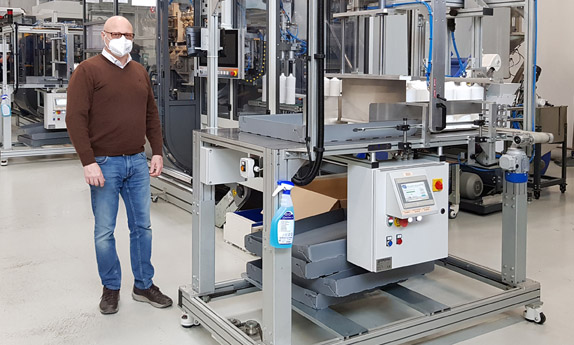
Mr. Mirko Camoli, head of the Blowing and Screen Printing division of Pettenon Cosmectics S.p.A. S.B in front of
one of the last purchased Plastiblow extrusion blow moulding machines with low energy consumption..
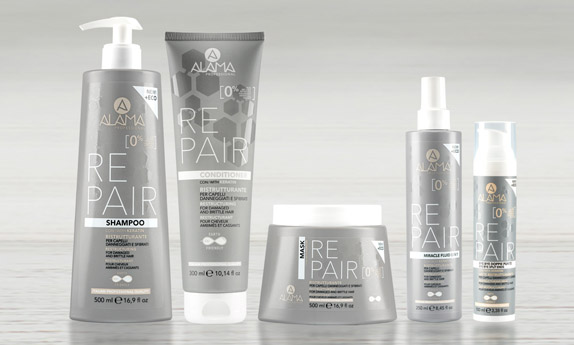
Some packaging that use containers made with Plastiblow machines
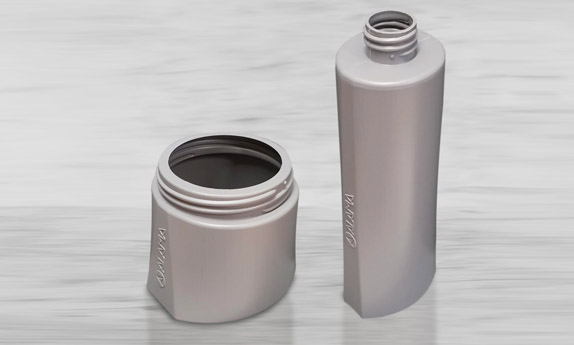
Containers made with recycled plastic material
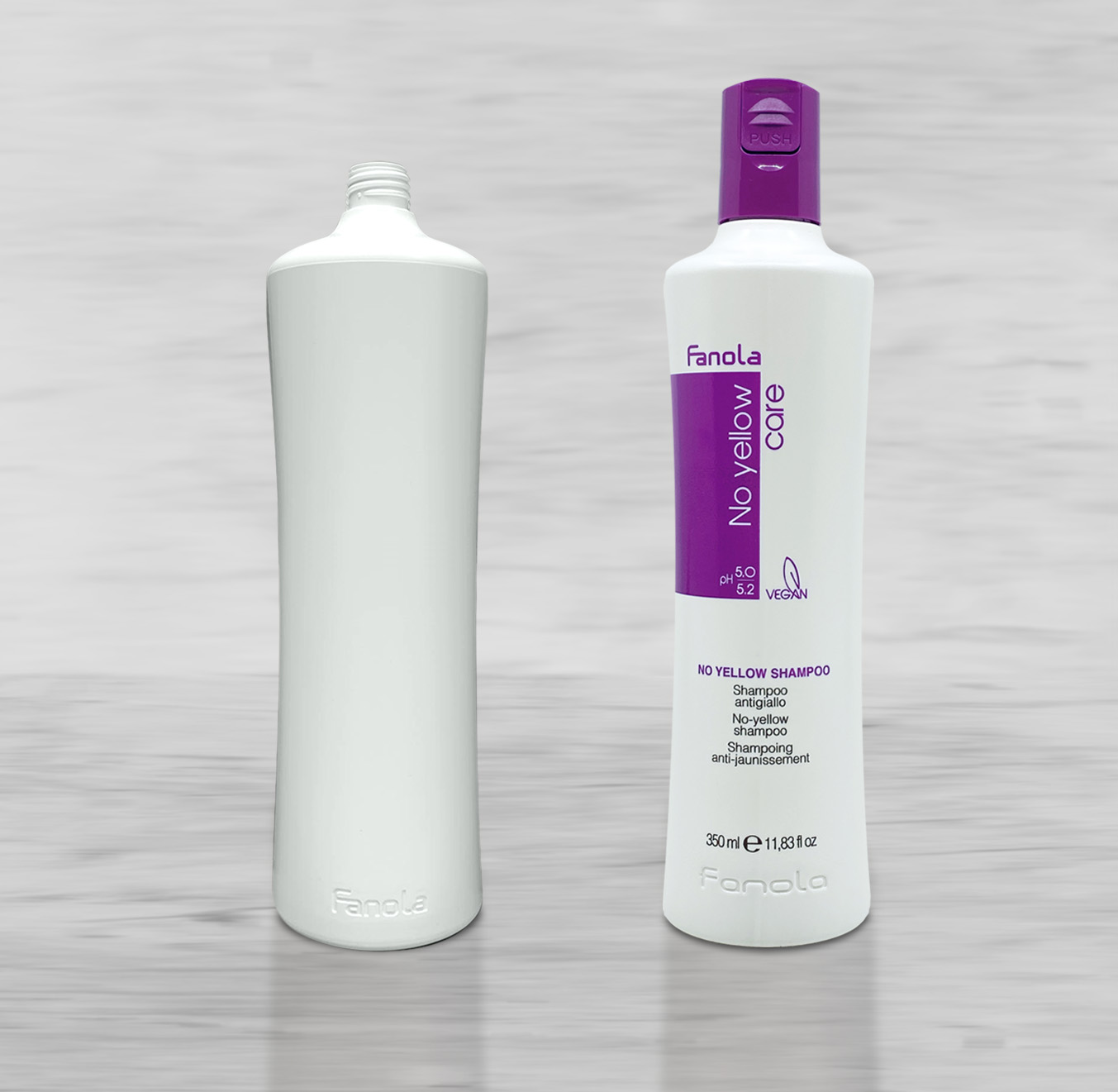

.jpg)
